Votre panier est vide
Besoin d'inspiration ?
Rendez-vous dans le programme en ligne du GrandPalais
Article -
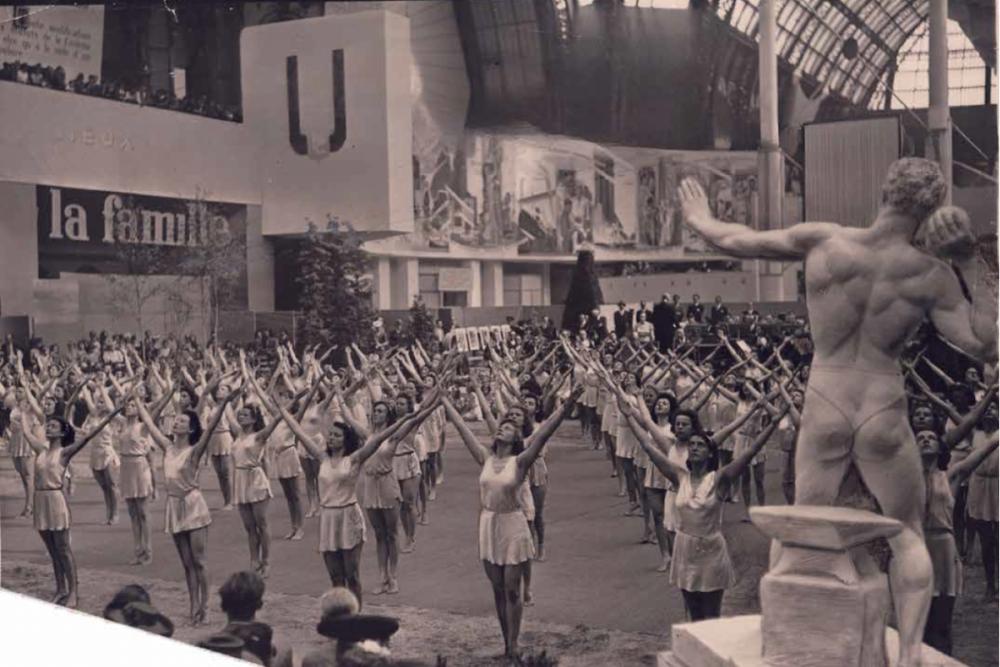
The 1930s marked the democratization of sport. But with the onset of World War II, the Grand Palais changed its face: it became a sports propaganda tool serving the government's ideology. Let’s look back at five key moments that illustrate this shift.
1. From art salons to sports arenas
Early in 1940, the Grand Palais became a communication tool for the Vichy government. In the heart of the Nave, bleachers are erected and a boxing ring take center stage: the "Arènes du Grand Palais" come to life. This was more than a simple change of decor — it was a strategic transformation orchestrated by the regime, using sport as an educational and ideological tool. Gymnastics galas and boxing matches became major public events, reshaping the face of sport under Vichy.
2. Rhythmic gymnastics consecrated with Irène Popard
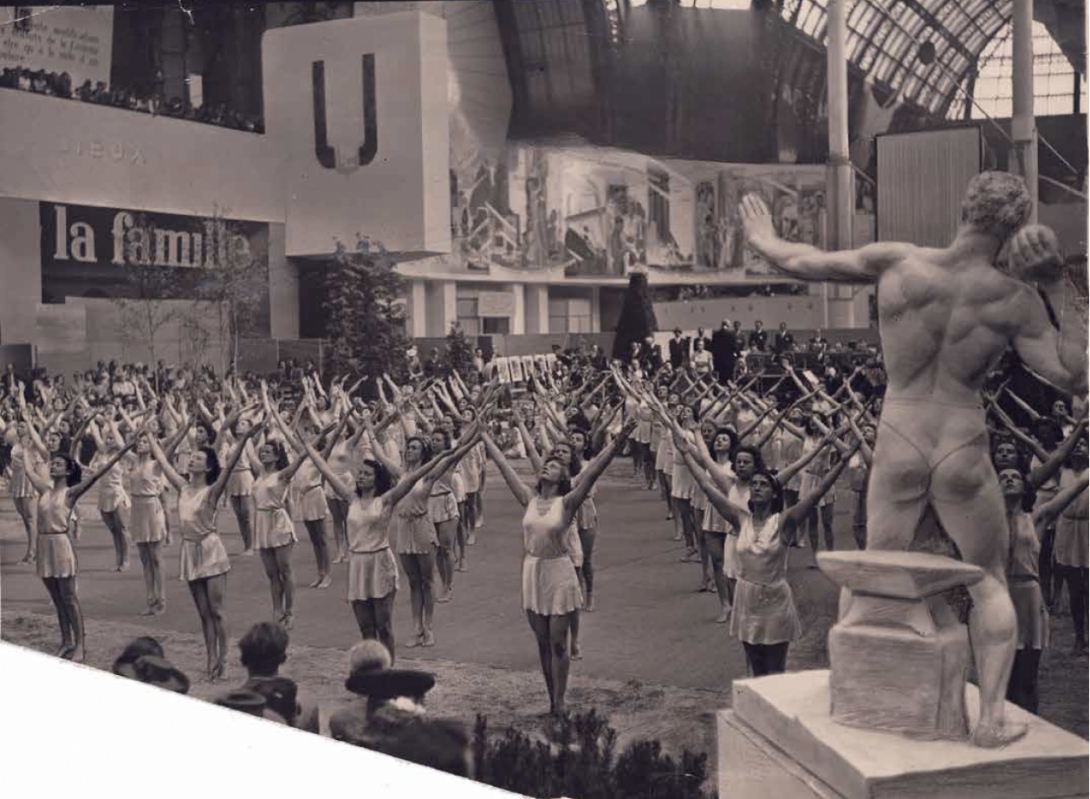
June 6, 1942. The Grand Palais pulses to the rhythm of gymnastics with an exceptional gala. 250 students from the Irène Popard School and 120 musicians deliver a mesmerizing performance. No aggressive moves here — only graceful bodies flowing in rhythm to the melodies of classical masters and old French tunes. The “Popard Method” emphasized softness, flexibility, elegance, and rhythm, offering what was described as “a magnificent image of the new French woman.” At the end of the evening, "Hymne au Maréchal" echoes under the glass roof, as young gymnasts, kneeling, raise their arms towards a portrait of the statesman. The audience gives a standing ovation for “les petites Popard.”
3. Marcel Cerdan vs de Ridder: a lengadary boxing match
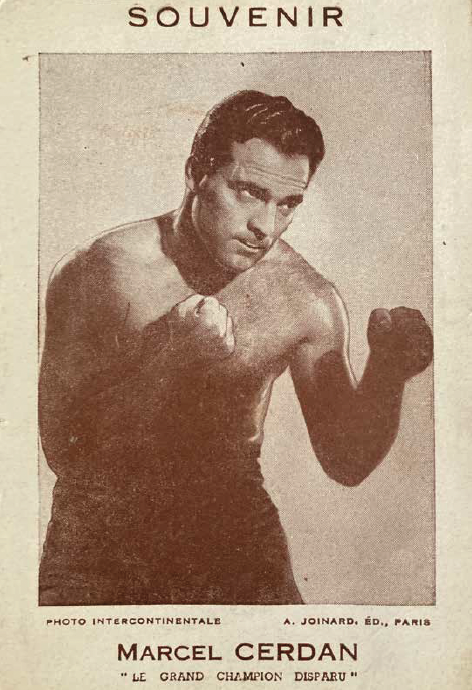
Saturday June 27, 1942, 4pm. Marcel Cerdan, one of France's greatest boxers is training at the Grand Palais Arena for a crucial fight. He's preparing to take on the tough, enduring Belgian boxer, Gaspard de Ridder.
The next day, Sunday June 28, the ring is ready. The press is abuzz, the adrenalin pumping. Within seconds, Cerdan goes on the offensive with a left hook, followed by a blistering combination. De Ridder collapses, arms outstretched, unable to respond. The fight ends in 80 seconds. The crowd explodes, cheering their new European Champion.
4. An indoor stadium for Parisian athletics
In 1943, the Grand Palais was reinvented as a modern sports complex. Under the leadership of Vichy regime’s Centre for Social Initiatives, the Nave was transformed into a stadium featuring a 200-meter track, a basketball court, and jumping areas. Prestigious clubs including Paris Université Club, Stade Français, Racing de Colombes took up residence. Renowned athletes like Armand Crestois trained the next generation of champions. All are satisfied. The Grand Palais breathes an intense sporting dynamic into the heart of Paris: sundays were filled with basketball games, while weekday afternoons and Saturdays were dedicated to training.
5. Spotlight on women's volleyball
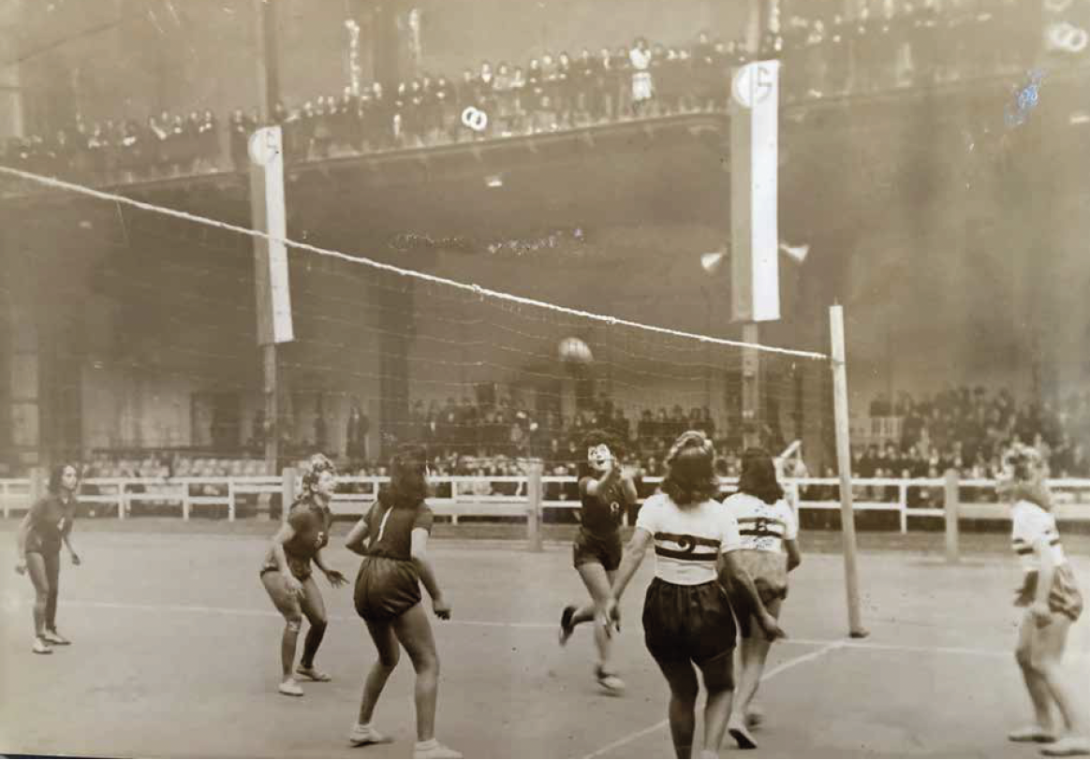
In 1944, the Grand Palais hosted a historic women's volleyball match. Still new to France, this sport, imported by the Americans during the World War I, saw its first championship in 1941. The French Volleyball Federation (FFVB) seized this event as a chance to highlight the sport’s technical progress. Often labeled as “feminine” or a “leisure activity” due to its apparent simplicity, volleyball had much to prove. On this evening, the players, with their grace and coordination, demonstrate that volleyball is a full-fledged competitive sport capable of winning over an ever-growing audience.
Votre panier est vide
Besoin d'inspiration ?
Rendez-vous dans le programme en ligne du GrandPalais
See content : The Grand Palais Sports Chronicles: first steps in the world of sport
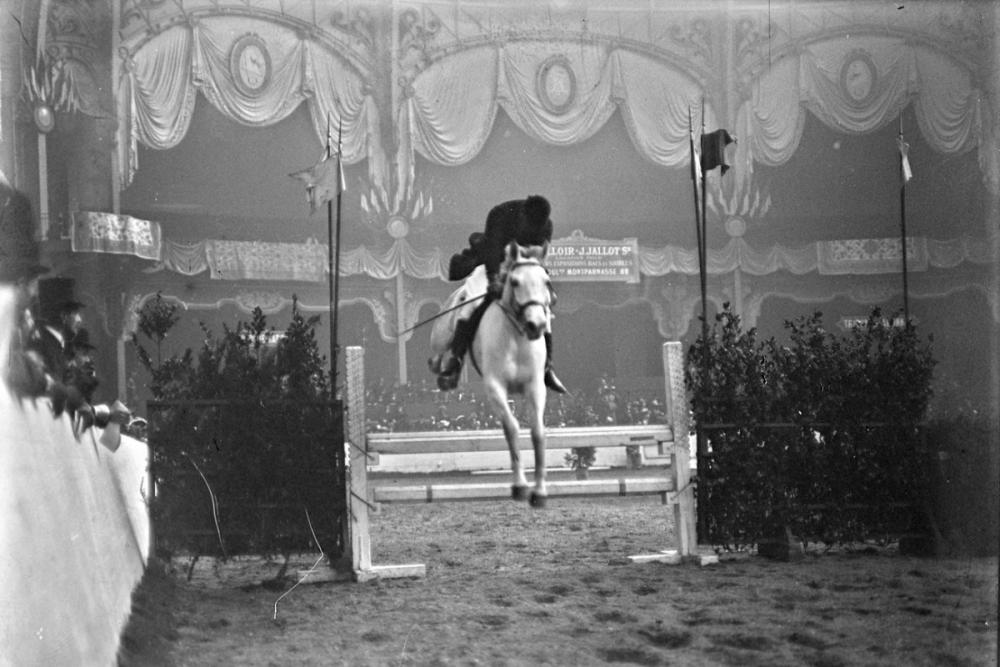
Concours hippique au Grand Palais, cavalier et monture non identifiés, 1911
Article -
This summer, the Grand Palais pulses to the rhythm of the fencing and taekwondo events at the Paris 2024 Olympic Games. But did you know that this iconic monument has a sporting history that spans more than a century? From gymnastics galas to horse shows, it has forged a unique relationship with the world of sport. In this Olympic year, let's relive the exploits of the Grand Palais' champions together!
See content : The Grand Palais Sports Chronicles: 2 historic events to remember
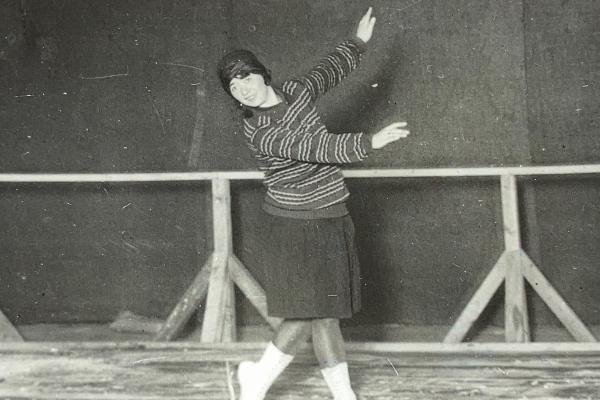
Article -
Exactly one century ago, the Grand Palais hosted two landmark events in the history of sport: the " Art et Sport des Olympiades de Paris" exhibition, inaugurated by Pierre de Coubertin in 1924, and the first edition of the Salon des Sports in 1928. Let’s...
See content : The Grand Palais sports chronicles: Top 5 sporting events at the Grand Palais

Passage du peloton dans la Nef, 23 juillet 2017
Article -
From fencing halls to basketball courts — even skateparks — the Nave of the Grand Palais has hosted a variety of sporting events, reflecting the growing enthusiasm for new sports practices in the 2000s. Let’s look back at 5 bold sporting moments that...